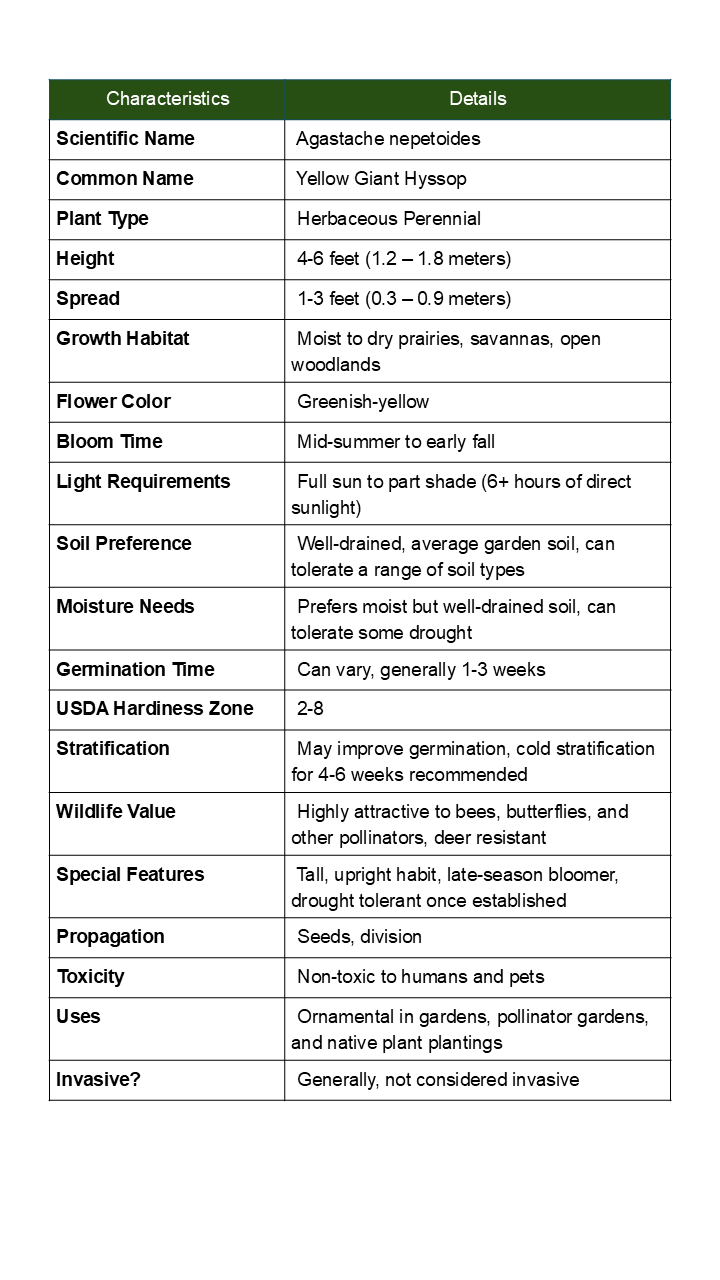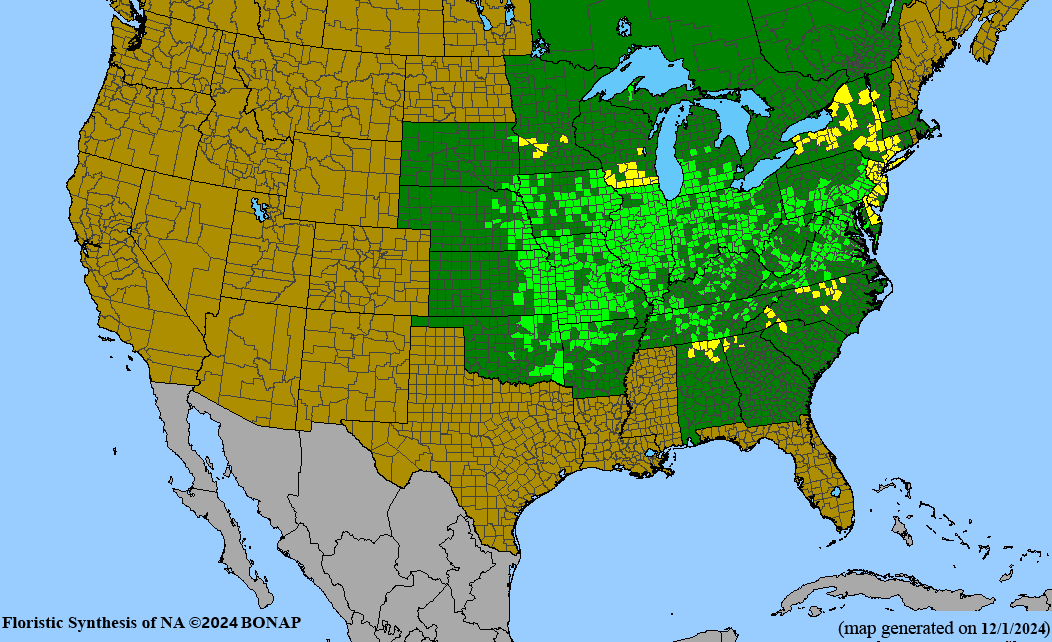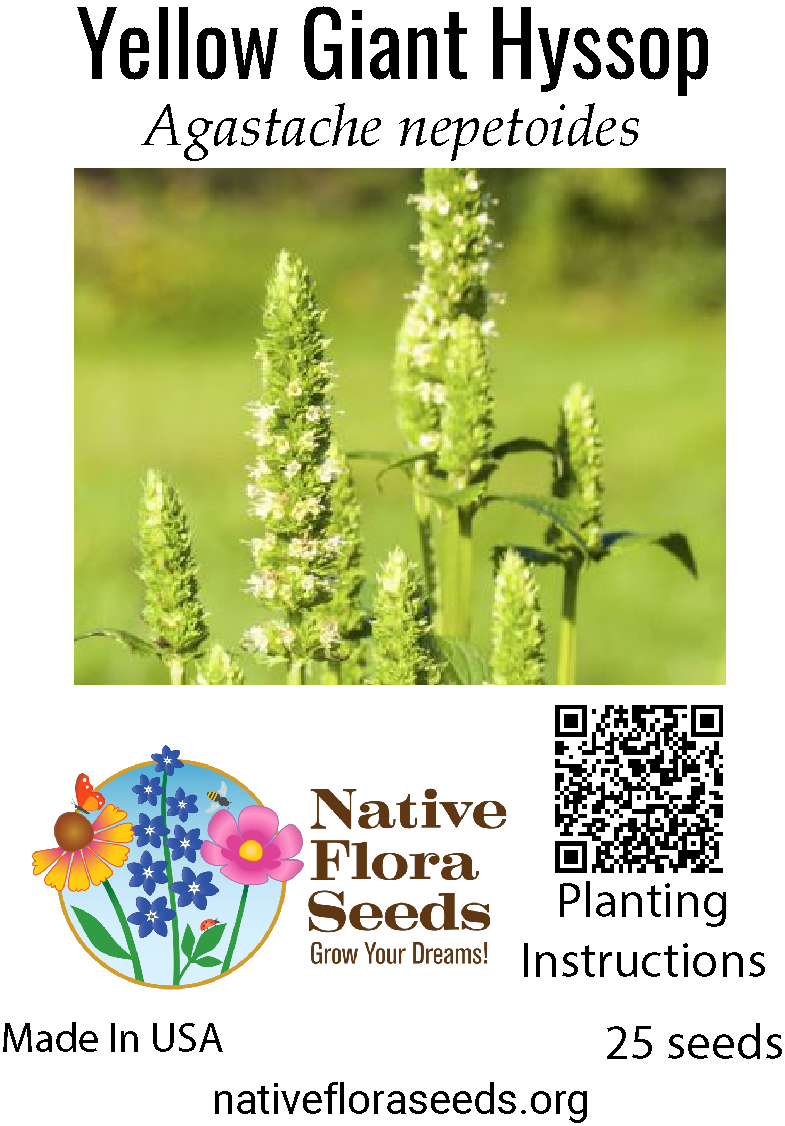Yellow Giant Hyssop Seeds - Native Agastache Nepetoides | Tall Fragrant Pollinator Plant
Magnificent Native Yellow Giant Hyssop - Pollinator Paradise
Agastache nepetoides, commonly known as Yellow Giant Hyssop or Fragrant Giant Hyssop, is a spectacular native perennial that brings towering spikes of pale yellow-green flowers and aromatic foliage to your garden. This impressive mint family member can reach 4-6 feet tall, producing dense flower spikes from mid-summer through fall that create a buzzing paradise for bees, butterflies, and hummingbirds. The entire plant releases a delightful anise-like fragrance when brushed or crushed.
Outstanding Features:
- Pollinator Powerhouse: Attracts bees, butterflies, hummingbirds, and beneficial insects
- Impressive Height: Grows 4-6 feet tall, creating dramatic vertical interest
- Aromatic Foliage: Releases pleasant anise-like fragrance throughout the season
- Extended Blooming: Flowers continuously from July through October
- Native Heritage: Authentic component of prairie and woodland edge ecosystems
Growing Information:
Height: 4-6 feet | Spread: 2-3 feet | Sun: Full sun to partial shade | Soil: Moist, well-draining, rich | Zones: 4-8
Planting Guide: Direct sow in fall or cold stratify seeds for 30 days before spring planting. Seeds are very small and need light to germinate - barely cover with soil. Prefers consistently moist soil and benefits from rich, organic matter.
Create a stunning pollinator garden centerpiece while enjoying months of fragrant blooms with this magnificent native that supports declining bee and butterfly populations.



